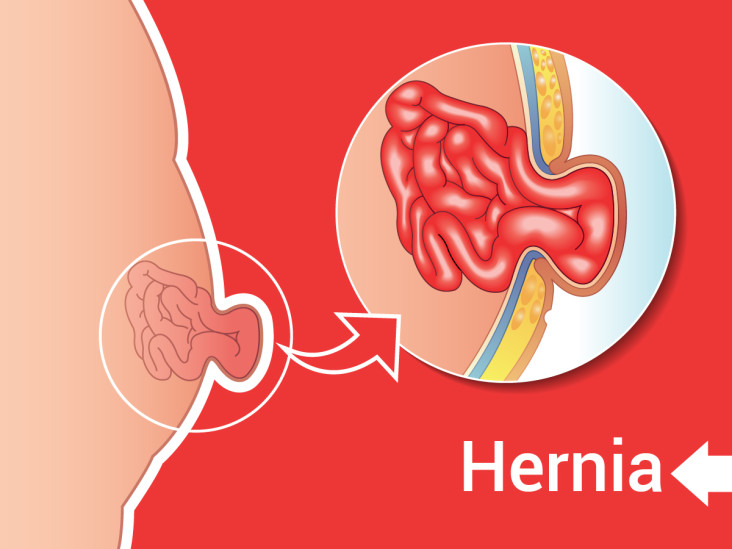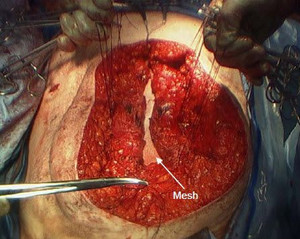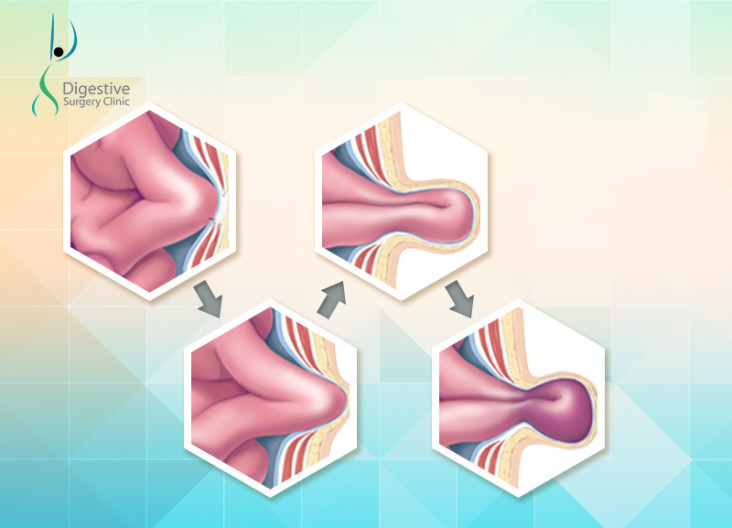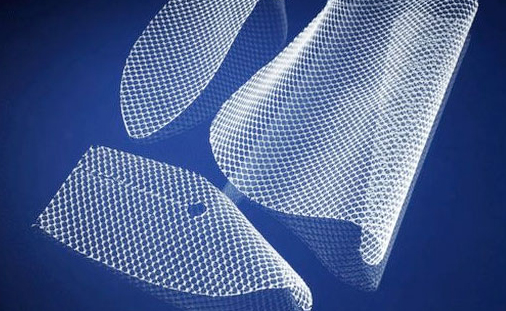New surgery (TAR) for failed hernia repair gives new life to frustrated patients.
Hernia surgery has undergone a sea of change. The surgery depends on the hernia. It is no longer acceptable to treat all hernias by one strategy.
Although smaller defects can be managed laparoscopically (with tiny holes in the abdomen) with ease, Complex Hernias– failed hernia repairs (sometimes 5-6 times), very big gaps and poor condition of overlying skin are best treated by a surgery called TAR. This surgery has given new life to some frustrated patients where conventional surgery is doomed to fail.
This technique is unique in the sense that it covers the entire weak abdomen with a mesh and also restores the functionality of the abdominal muscles better than any other procedure. Plainly put, a mesh cannot behave like normal human tissue and may interfere with normal movement of the abdomen. This is in contrast to TAR where the defect is closed with the mobilised muscles of the patient and hence the patient is able to perform movements at the torso level more efficiently.
For patients and surgeons struggling to repair difficult hernias, TAR procedure for hernia is the right option. As with all advanced procedures, it should be performed only by experts for optimum results






